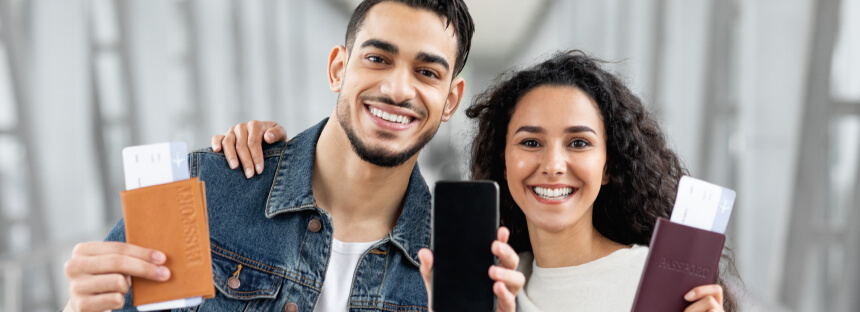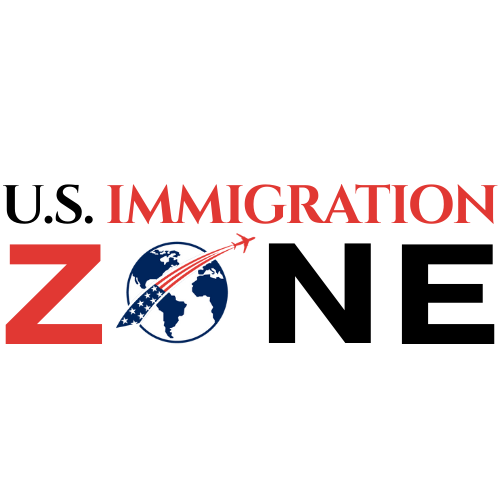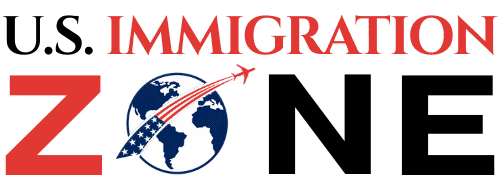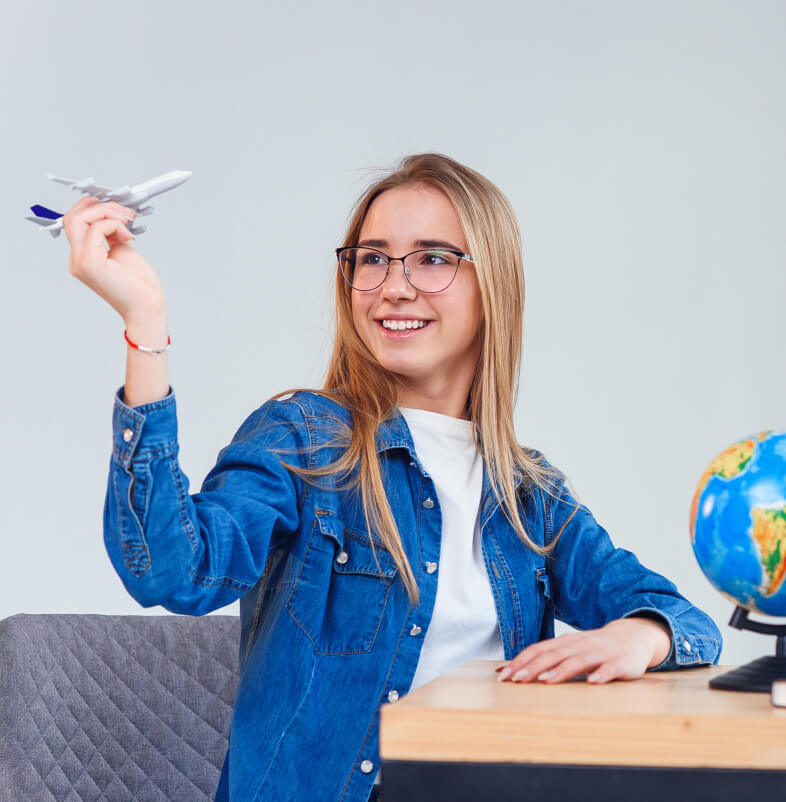Get The US Study Visa With Guidance from the Best Immigration Consultants
Do you want to embark on an education program in the United States? US Immigration Zone has emerged as a one-stop destination for students dreaming of studying in a reputed educational institution in the USA. Right from the start till the end, we are your companion to navigate this journey with ease.
Whether you’ve questions related to eligibility, want to know the USA study visa requirements, or how to apply for a USA study visa, our expert immigration consultants will have you covered. Get in touch with our team to start your US journey without any hassle!
Know what a Student US Visa Implies


A US Study Visa is a type of non-immigrant visa upheld by the United States government for students who wish to pursue academic or vocational studies in a US-based university or institution. Since this visa is non-immigrant, it shall allow students to stay in the USA temporarily up till the course tenure. Mainly there are three types of student US visas-
F1 visa, this one is for students who want to pursue a full-time academic course from an accredited college, university, high school, private elementary school, seminary, conservatory, or any other training institution, including a language training program.
M1 visas are for students who want to enroll in a vocational or non-academic program at some technical or vocational schools.
J1 visas are meant for students who want to participate in exchange programs. This one is often opted for by students who want to pursue practical training programs that are not available in the student’s home country.
Unboxing the criteria you need to meet for a US Student Visa
To apply for a non-immigrant student US visa, there’s a certain pre-defined line of action you need to follow.
First things first, to study in the US, you must first apply for it, and that too in a SEVP-approved school in the United States. SEVP (Student and Exchange Visitor Program) is a part of the National Security Investigations Division that assists the government with information about immigrants visiting the US for study purposes. The SEVP uses the SEVIS (Student and Exchange Visitor Information System) to track and monitor schools, investigate non-immigrants, and let them be a part of the US education system.
Once you get acceptance from a SEVP-approved institution, you will get a Form I-20 from their DSO (Designated School Official). This form is a crucial document with multiple uses:
- It allows you to pay the I-901 Student and Exchange Visitor Information System (SEVIS) fee which is demanded in the later part of the process.
- It allows you to enter the United States. A US Customs and Border Protection officer will ask you to present your Form I-20 at the entry. Remember, to not pack it in the suitcase.
- In case you are already in the United States, Form I-20 will allow you to change your status from F or M.
- The Form I-20 is basically a Certificate of Eligibility for Non-Immigrant Student Status and it allows students to leverage other benefits of being an F or M student like when applying for a driver’s license or getting a social security number.
The DS-160 Form is an Online Non-Immigrant Visa Application for temporary travel to the United States. It is submitted directly to the Department of State via the Internet. Consular officers make use of the information filled in the DS-160 form to process the visa application and verify the applicant’s eligibility for the student visa. Remember to print and save the DS-160 barcode page for future assistance.
US study visa applicants need to bear the SEVIS fee once per program. SEVIS is the Student and Exchange Visitor Information System. The fee goes to the US government’s Student and Exchange Visitor Program, which sustains SEVIS. The SEVIS fee is required when:
- When you’re applying for an IU program as a new student with an I-20.
- When you’re applying to change your non-immigrant status
Remember to save the SEVIS fee receipt as proof of payment.
After filing the DS-160 Form and paying the SEVIS fee, you will need to schedule an interview from the U.S. Embassy’s website and select the embassy near to you. Make sure you understand all the information, procedures, and instructions on how to schedule a visa interview. On the day of the interview, ensure that you come along with the following documents:
- Valid passport with a passport number
- Receipt of visa application fee
- DS-160 form confirmation page
- Form I-20
- E-mail address
- ID Proof
- Address Proof
- Financial Documentation
- Academic Transcripts and Standardized Test Scores
- Submit scores from tests like TOEFL, IELTS, SAT, GRE, or GMAT, as per your educational program’s requirements.
- Passport-sized photographs
When arriving for the US visa interview, ensure and expect the following:
- Stay on time otherwise your interview will be postponed to some other day which eventually means a delay in the entire non-immigrant visa application process.
- Come alone because the US Embassy or Consulate only lets the applicants admit to the premises. Exceptions include a parent to children less than 18, translators, or assistants. However, you need to inform the US Embassy or Consulate beforehand that you will be accompanied by someone.
- Since the goal of the US study visa interview is to assess your qualifications for the US Study visa, ensure that you come prepared for the questions related to your place of residence, English proficiency, academic background, and more.
- Ink-free, digital fingerprint scans will be a part of the process of application for a non-immigrant visa.
Unless and until your visa is issued, don’t make any final travel plans or buy flight tickets. It is a key to travel to a US port-of-entry and get a permit from a Department of Homeland Security (DHS) and Customs and Border Protection (CBP) official.
On your arrival in the US, you’ll need to fill in a Customs Declaration Form (CF-6059) before you land. Other than this, you will need to fill in an Arrival/Departure I-94 form, online or paper form. In case, you are given a paper I-94 form, the date will be noted on the paper. On the contrary end, if you’re given an electronic I-94 form, the CBP officer will record information from the air carrier with which you’re traveling.
Must-Know Things When Filing The Online Non-Immigrant Visa Application

When you’re applying for a non-immigrant visa for study, you’re requesting the US government to permit you to reside in the US for the duration of your course.
There are different criteria for different visas when students wish to support themselves financially by entering into an employment program. While the F-1 students are permitted to work on campus for up to 20 hours per week during the school year and full-time during the holidays, M-1 and J-1 students have more boundaries.
F-1 and M-1 visa holders are allowed to bring their spouses and minor children along, but they cannot work.
Count on US Immigration Zone To Meet Your US Study Visa Requirements
Navigating the process of applying for a US student visa can seem daunting, but with the right guidance, it can be a hassle-free experience. US Immigration Zone is here to guide you every step of the way, ensuring you meet all the USA study visa requirements and successfully obtain your student visa. Get started today. Call us to share your concerns today!



